With all this talk of another European mega alliance in the air, who would make a good partner for Tesco, Sainsbury or Safeway? Gerald J Corbae and Anita Balchandani of Roland Berger get into blind date mood with the hard facts
The food retail industry is engaged in a loud game of Chinese whispers, with much speculation about who is likely to merge with whom. The pan-Europeanisation of the food retail industry is now viewed as inevitable.
Retailers are organising their buying and selling functions on a European basis. Sourcing is carried out internationally. New sales and negotiation concepts such as European pricing and terms of trade are used.
The selling function is also becoming increasingly cross-border, with almost every retailer active in several European nations. Store concepts, traditionally confined to countries of their origin, are now being exported.
Consequently, food retailers recognise the need to focus on pan European merger and acquisition activity in order to obtain economies of scale, meet shareholders' demand for growth in earnings, and gain leverage with suppliers.
This has resulted in a "deal-making breeds deal-making" phenomenon, as seen in the mega-mergers between Wal-Mart-Asda and Carrefour-Promodès. Merger and acquisition activity has been spurred on by increased trade liberalisation and globalisation, reduced foreign investment barriers, and lower import tariffs. The arrival of US/UK buy-out funds in Europe and changing corporate ownership values also create a conducive environment. Roland Berger & Partners has engaged in a pan-European study of mega-mergers in the food retail industry. Based on analysis using a comprehensive global retailer database, we have turned market speculations into well defined viewpoints. In addition, we ran workshops with industry experts, to assess the capabilities of leading European retailers on five drivers crucial for determining the "fit" between partners.
The study focuses purely on the potential for strategic fit and isolates the effect of stock market and share price valuations. Therefore, conclusions on power positions and roles who will be the predators are not drawn. Further, competition laws preclude us from considering mergers between certain retailers, even if they would result in strategically sound relationships.
As the Competition Commission aims to combat any regional dominance enjoyed by one or two supermarket companies, merger possibilities between the large UK players are not considered.
The 15 largest European food retailers were assessed on the above five parameters, and were considered for all potential merger possibilities using a scoring model.
Based on this assessment, best fit scenarios have been identified for three UK retailers Tesco, Sainsbury and Safeway. Two retailers, Carrefour-Promodès and Ahold, exhibit a strong strategic fit as partners for Tesco; the Sainsbury and Ahold union has potential, while no compelling partnership can be found for Safeway.
That UK retailers have not moved quickly enough to establish a pan-European presence does not diminish the key strengths they bring to a relationship. They have a lot to offer to potential merger partners technological advancement relative to their European counterparts, expertise with private label, sophisticated demand/supply side management, and strong domestic market share. It is now time for them to extend this expertise across Europe.
Tesco and Carrefour-Promodès
The Wal-Mart/Asda combine precipitates the need for Tesco to align itself with a strong western European player. This would also help the retailer hedge the risks of its increasing exposure in the emerging markets, and provide an avenue for growth.
The strategic focus of Tesco and Carrefour-Promodès is in consonance. Both are investing in international expansion and in e-commerce initiatives. Tesco Online has become the biggest internet grocery business in the world, with nationwide services, and plans to expand its internet activities into selling non food and providing online banking. Carrefour is investing in ideas that extend its role as a retailer by ventures in both b2b and b2c.
The store portfolios of the two retailers are amenable to amalgamation Carrefour/Promodès, like Tesco, focuses on small/large hypermarkets, while retaining several other store types in its portfolio, including supermarkets and discount stores. These common store formats, spread across complementary regions, would result in an attractive combined portfolio, giving each other the opportunity to gain a foothold in key European markets.
They also complement each other's operational capabilities Tesco excels in supply and demand side management capabilities and in implementing innovative retail solutions (eg data warehousing, e-commerce). Carrefour's strengths lie in areas such as merchandising and its ability to export and adapt store concepts to different countries. Both retailers would, therefore, benefit from a mutual transfer of learnings. In terms of management concept, both retailers organise purchasing activities in a highly centralised fashion, therefore enabling a smoother integration of buying activities. Finally, a Tesco/Carrefour-Promodès mega-merger would further strengthen the combined entity as the clear market leader in Europe, enabling it to counteract the Wal-Mart threat.
While the prospects of such a merger are strategically sound, factors such as the ownership structure Tesco is listed publicly, while Carrefour is family owned might present objections to such a union.
Tesco and Ahold
Both retailers have strong management teams, with a strategic focus on growth through internationalisation and e-commerce initiatives. They hold strong positions in their respective countries of origin and are compatible in terms of their focus on quality and innovation.
Tesco and Ahold operate small/large hypermarkets and supermarkets (albeit in differing proportions) that have value-plus-quality positioning. Their assortment structure in terms of food shares (85% and 90% respectively) is similar. Geographically, the store portfolios of the two retailers complement each other. They are both early adopters of sophisticated supply and demand side management techniques, and have a track record of operational excellence. Centralisation forms the basis for the management of activities in the two organisations. Additionally, the companies are publicly listed, and hence ownership structures do not present an inherent barrier.
However, factors such as the lack of interest of both players in the other's domestic stronghold Ahold is focusing on strengthening its position at home and extending its presence in the Americas, while Tesco does not view the Netherlands as a pivotal European market may undermine such a deal.
Sainsbury and Ahold
The story between Sainsbury and Ahold is quite similar to that of Tesco and Ahold in terms of both players demonstrating similar degrees of centralisation; strong capabilities in supply and demand side management activities and innovation; a similar assortment structure in terms of food shares and compatible store portfolios, further enhanced by the fact both Sainsbury and Ahold are interested in developing their chain of convenience stores; and a complementary presence in the US. However, given a difficult domestic position, Sainsbury is concentrating on improving UK profitability through innovation in store formats.
Ahold, however, is aggressively targeting acquisitions both in the US and Europe take its tie up with internet retailer Peapod this week in addition to expanding its local convenience store operations to non-traditional markets such as schools, prisons and petrol stations. Further, the different ownership structures of the two players may prove to be an impediment.
Safeway
Sustained, profitable domestic sales growth forms the basis of Safeway's current strategy. It is therefore preoccupied with the task of increasing customer frequency in its stores, improving basic operational skills, and instituting organisational change.
Given its current situation and capabilities, Safeway does not present a particularly strong merger fit with any European retailer, and is likely to be left behind in the race to consolidate positions in Europe. n
Gerald J Corbae is project manager and Anita Balchandani a consultant at Roland Berger & Partners in London, the largest strategy consultancy of European origin.
{{MANAGEMENT FEATURE }}
Close menu
- Home
- Buying & Supplying
- Stores
- Channels
- Finance
- People
- Reports
-
Events
- Back to parent navigation item
- Events
- The Grocer Gold Awards
- LIVE: Retail Week x The Grocer
- The Grocer New Product & Packaging Awards
- The Convenience Awards
- The Convenience Conference
- Rethinking Materials
- Food & Drink Expo
- Farm Shop & Deli Product Awards
- Farm Shop & Deli Retailer Awards
- The Omnichannel Conference
- Jobs
- Subscribe now
Sign in to comment on this article
Not logged in before? Register for FREE guest access today.
You will be able to:
- Read more stories
- Receive daily newsletters
- Comment on stories
Advert






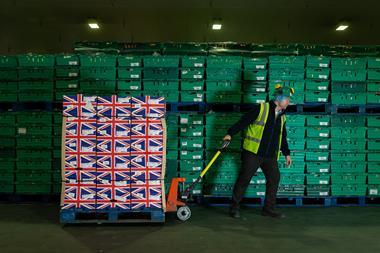

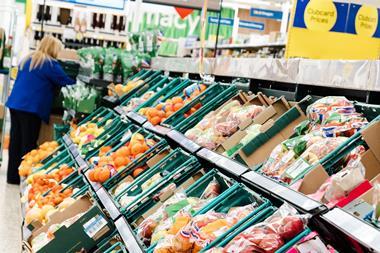
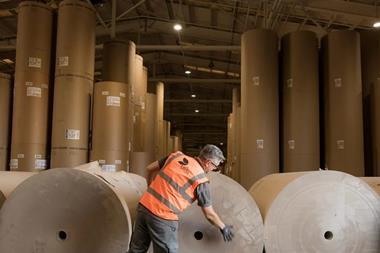

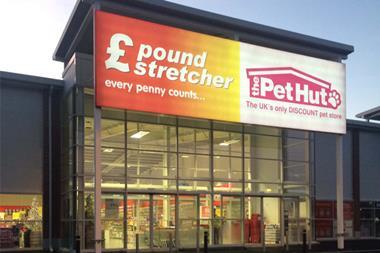

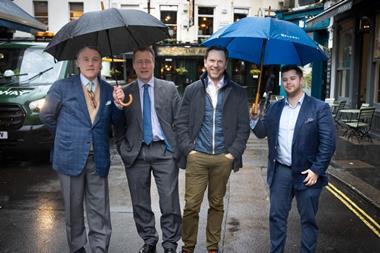
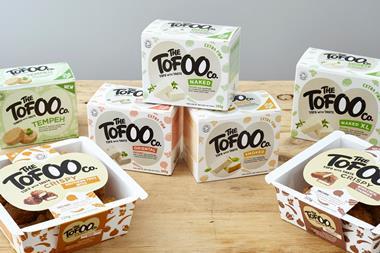
No comments yet